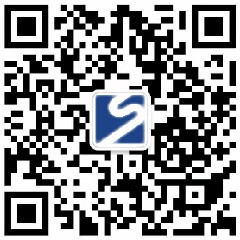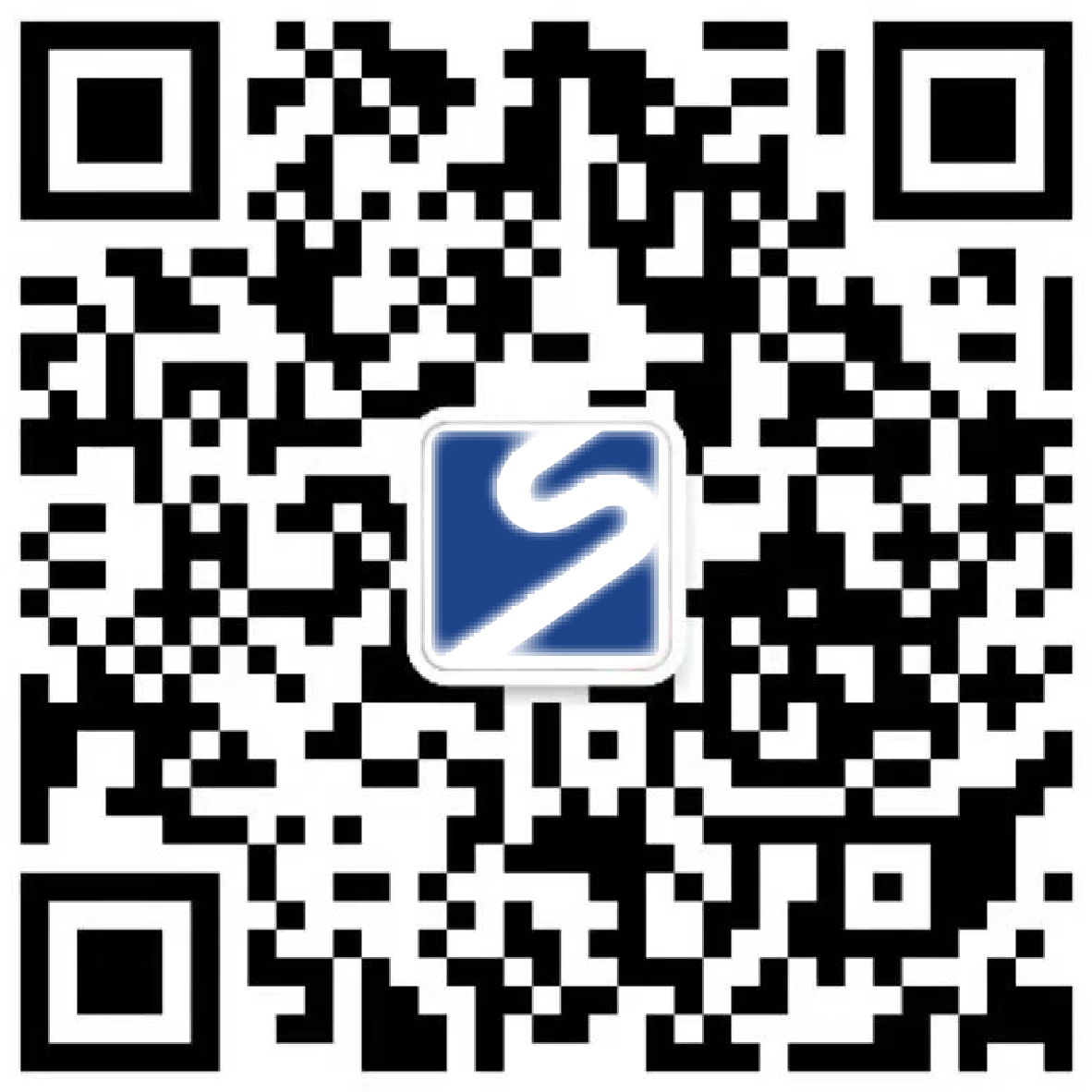Production company brochure design audience analysis model: B-side and C-side layered reach solution
Are you worried about the company brochure? Who to do it? What can I do to make my customer's eyes shine? Don't worry, today let's put aside those dumb theories and go straight to the pain point-how to make your brochure truly a business booster through accurate audience analysis!
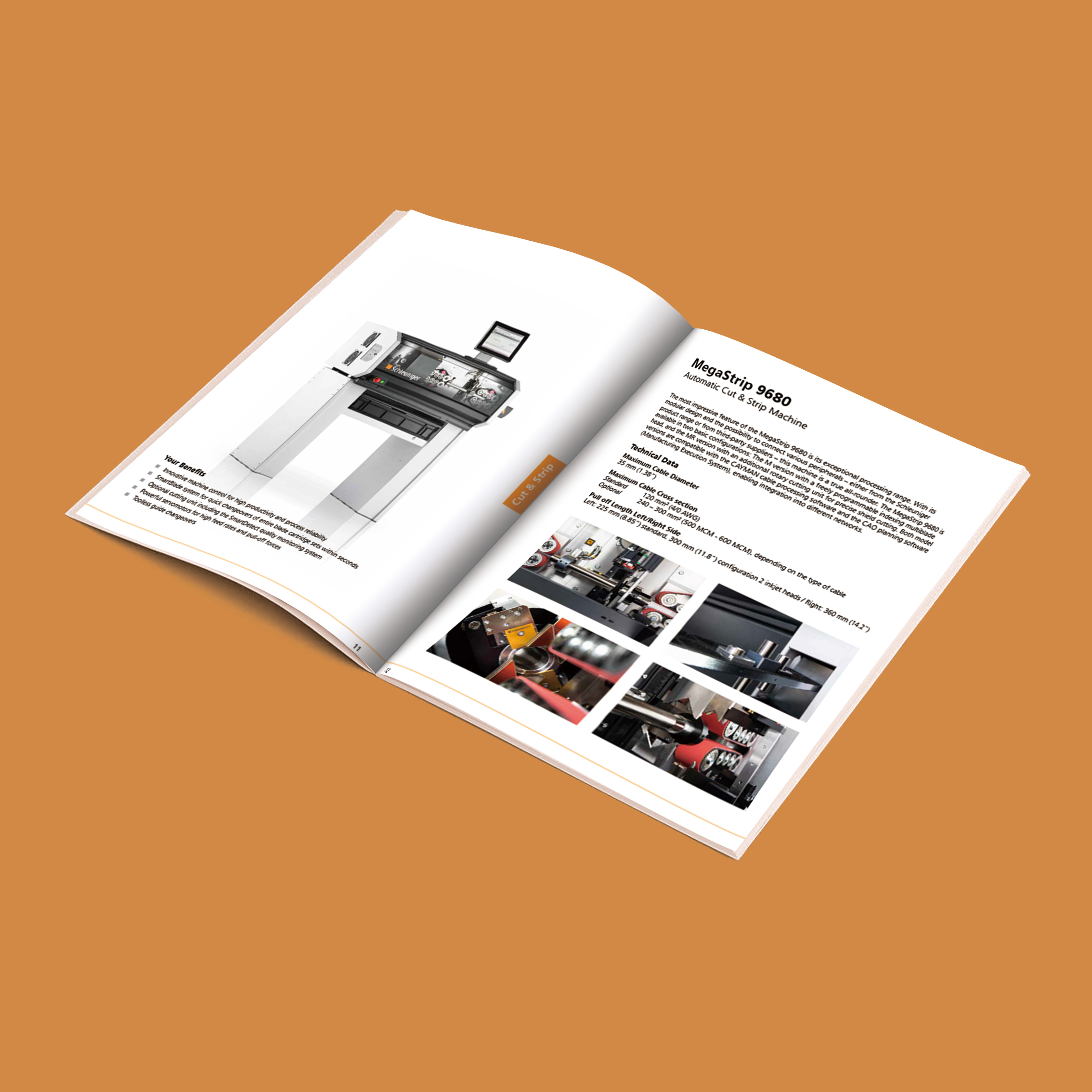
1. The success or failure of brochure design starts with "understanding people"
Brochures, far more than just a few printed sheets of paper. It is the "silent sales" of enterprises and the "concentrated essence" of brand image. But too many companies are stuck in the first step: they don't know who this booklet is for? Throwing a fist into the air, no matter how hard you are, is in vain.
Imagine it :
Your carefully designed gorgeous picture album, stuffed with technical parameters, is handed to dealers who just want to quickly understand the advantages of service...
Your emotional brand story book is delivered to the end consumers who only care about price and timeliness...
You expect a booklet to take the world, but as a result, B-end customers think it's too "floating" and C-end users think it's too "hard"...
Core pain point: ambiguous audience = waste of resources = discounted effect. The solution lies in precise layered touch.
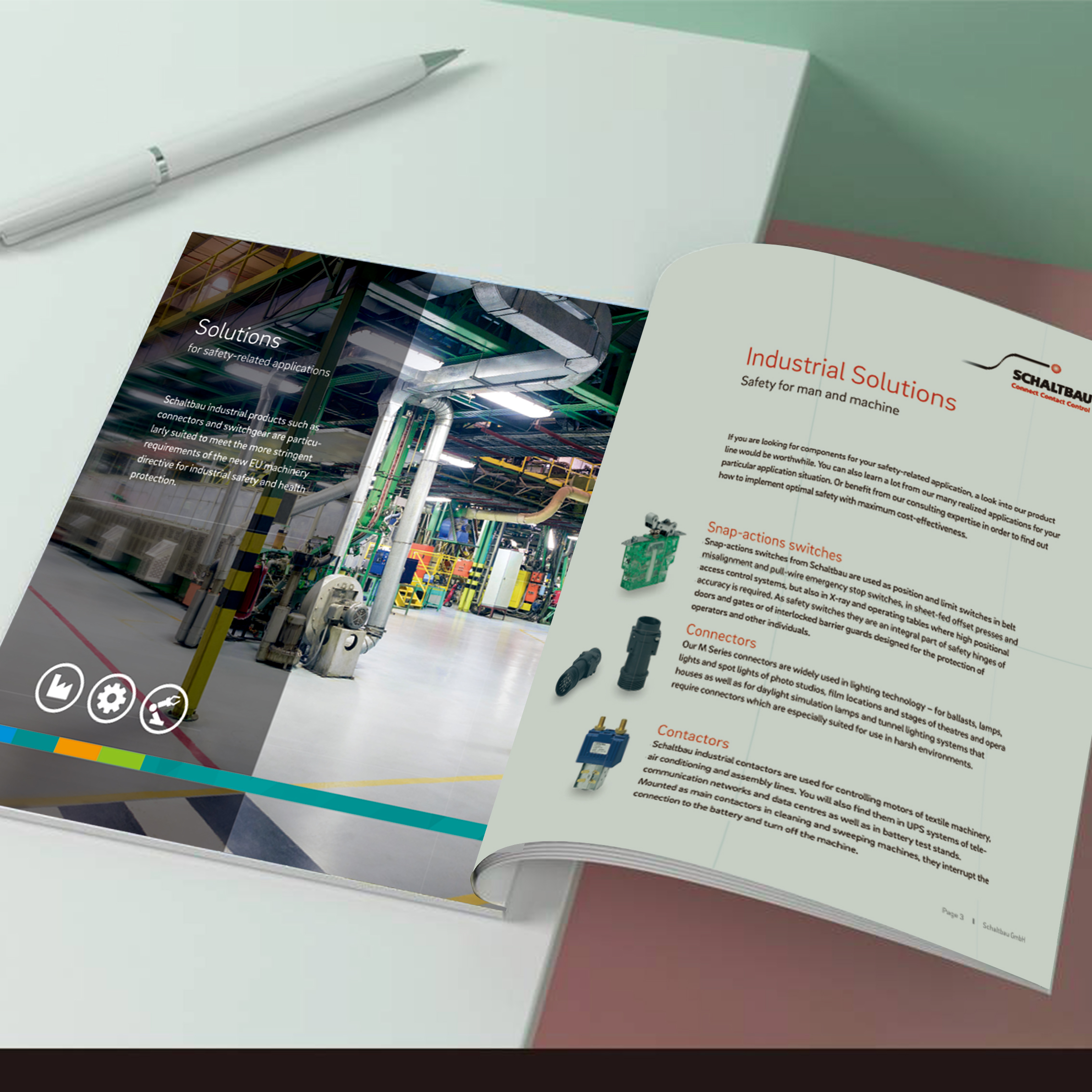
2. Draw a clear battlefield: B-side and C-side, the needs are very different
1. Rational decision makers: the "just-needed list" of B-end customers
Who are they? Enterprise purchasing manager, brand director, marketing leader, potential partners (distributors, franchisees, investors).
Core appeal:
Strength endorsement: "Are you reliable? How big is the scale? What successful cases have you done?" (Case display, qualification certification and team strength are the key points)
Professional ability: "Do you understand the pain points of my industry? Can the solution solve practical problems?" (Industry insights, customized services, technical/process details)
Value Return: "Can it help me improve sales/brand/efficiency?" (Data achievements, solutions, long-term cooperation value)
Trust building: "Is the cooperation process standardized? Is the response timely?" (Service process, successful customer witness, clear contact information)
Key points of brochure design:
Thickness and professionalism: textured paper, steady design, clear structure and rigorous logic.
Speak with data cases: highlight core data, detailed cases (especially in the same industry) and customer evaluation.
Solution orientation: Clearly describe how to solve customer-specific problems, rather than simply showing off skills.
Efficient communication of information: Clear table of contents, highly focused, and easy to grab key information quickly.
Practical case: Brochure of a large equipment manufacturer
Target audience: project purchaser, government project leader.
Strategy: At the beginning, the cooperation cases of national key projects and key data of equipment operation are displayed; The core space explains in detail customized solutions and unique technical advantages for large-scale projects; The back cover is attached with a clear service process and a 24-hour technical hotline. The booklet is hard-shell hardcover, with professional blue and gray main color. Results: In the industry bidding, customers reported that "this brochure is clearer than the salesman's", which effectively helped the project win the bid.
2. Perceptual driver: the "heart rule" of C-end users
Who are they? End consumers, individual users.
Core appeal:
Emotional resonance: "Is this brand/product stylish? Does it suit my taste/identity?" (Brand tonality, visual aesthetics, lifestyle transmission)
Intuitive attraction: "Can you attract me at first glance? Is the picture beautiful enough?" (High-value vision, impactful pictures, concise and powerful slogans)
The point of interest is clear: "What is the direct benefit to me? Is the price cost-effective? What is unique?" (Core selling points, promotional information, unique value)
Convenient action: "How to buy it? Where to buy it? Is it convenient to scan the code?" (QR code, store address, small program entrance, simple and easy-to-understand guidelines)
Key points of brochure design:
High value and impact: bold color use, creative layout, high-quality photography, eye-catching cover.
Emotional communication: tell brand stories well, create a sense of atmosphere, and connect users' lifestyles.
The selling point is simple and rude: the core advantages are clear at a glance, and the promotional information is directly prominent.
Strong interactive guidance: QR codes, coupons, and online entrances are clearly visible, lowering the action threshold.
Lightweight and portable: It is easy to carry, easy to flip through, and even consider special-shaped design to add interest.
Practical case: Brochure of a cutting-edge healthy snack brand
Target audience: Young urban white-collar workers who pay attention to health and face value.
Strategy: Adopt fresh and bright macaron color system, and use a lot of real and attractive product scene maps; The content focuses on the concepts of "delicious enjoyment with zero burden" and "office energy supply station"; Design multiple tear-off independent tasting packages to receive coupons and conspicuous mini-program ordering QR codes. The booklet is designed to be lightweight and small format, which is easy to put into your bag. Results: According to feedback from offline stores, the brochure collection rate and coupon write-off rate far exceeded expectations, effectively attracting new customers and promoting activities.
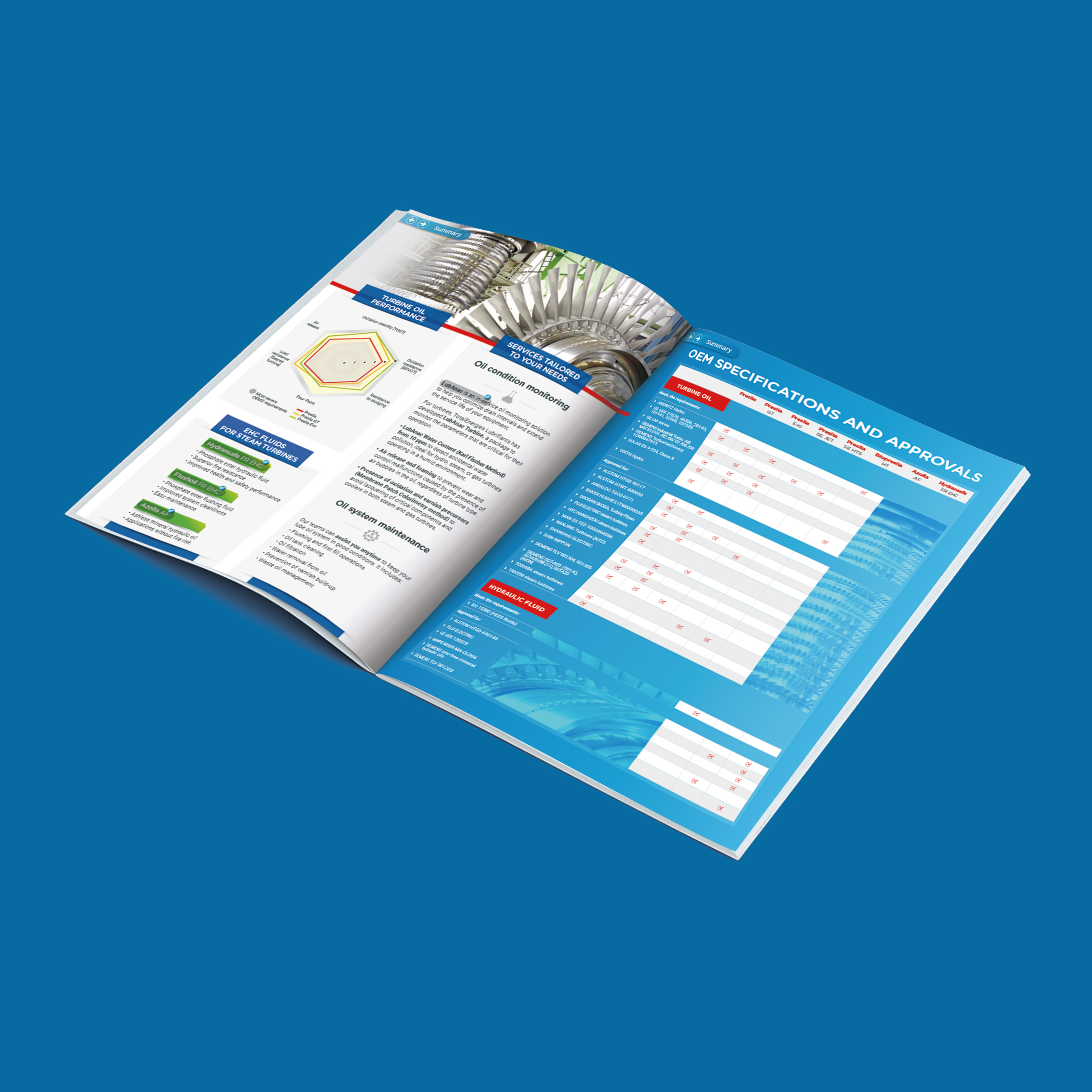
3. Planning and positioning: a blow to the soul of layered touch
Finding the difference between the B-side and the C-side is just the starting point. The core of success lies in "planning and positioning" first-defining the "strategic mission" of this booklet before writing the design.
Soul torture:
What is the main task of this booklet? (Is it to attract new customer consultation? Assist sales explanation? Enhance brand image? Or directly promote sales?)
In what scenarios will it be used? (Is it exhibition distribution? Sales call delivery? Store pick-up? Or comes with the product?)
What action do we want our target audience to take after watching it? (Is it visiting official website? Call the consultation call? Scan the code to get the coupon? Or remember the brand name?)
How can its success be measured? (How many business cards have you collected? How many inquiries have you brought? What is the conversion rate of QR code? What is the customer feedback?)
Based on answers, develop layered reach strategies:
B-side strategy: in-depth communication and building trust barriers
Content planning: Strengthen the image of "solution expert". Key displays: in-depth industry understanding, detailed explanation of core technologies/processes, benchmark cases (process results), rigorous service guarantee system, and verifiable data/qualifications.
Design and planning: Reflecting professionalism and steadiness. Choose textured materials (such as high-grade special paper, local craftsmanship), rational and restrained colors, clear information levels, and easy-to-read layouts. Structurally, it can be adopted: pain point introduction-> solution-> strength proof-> successful verification-> call to action.
Reach planning: precise delivery. Used for industry summits, sales calls, tender documents, targeted mailing to potential partners. Can be accompanied by electronic version (PDF/online manual) for easy forwarding.
C-side strategy: quickly attract and drive immediate action
Content planning: Focus on "emotional resonance" and "immediate benefits". Outstanding: unique brand personality, core selling points of products (solving specific users' problems), intuitive usage scenarios/aesthetics, irresistible promotional information (limited time, exclusive), and convenient purchasing guidelines.
Design: Pursue eye-catching and pleasure. Use bold creativity, highly saturated colors, high-quality visual impact, white space to create a sense of breathing, and interesting interactive elements (such as tearable pages and special-shaped die-cuts). The structure strives for minimalism: attraction-> interest-> desire-> action (AIDA model).
Reach planning: wide coverage and high contact frequency. Place it in a conspicuous place in the store, come with express delivery, put it in life scenes (cafes, gyms, etc.), and collect it offline in combination with online activities. Make sure that the online entrance (mini program/store) is accessible with one click.
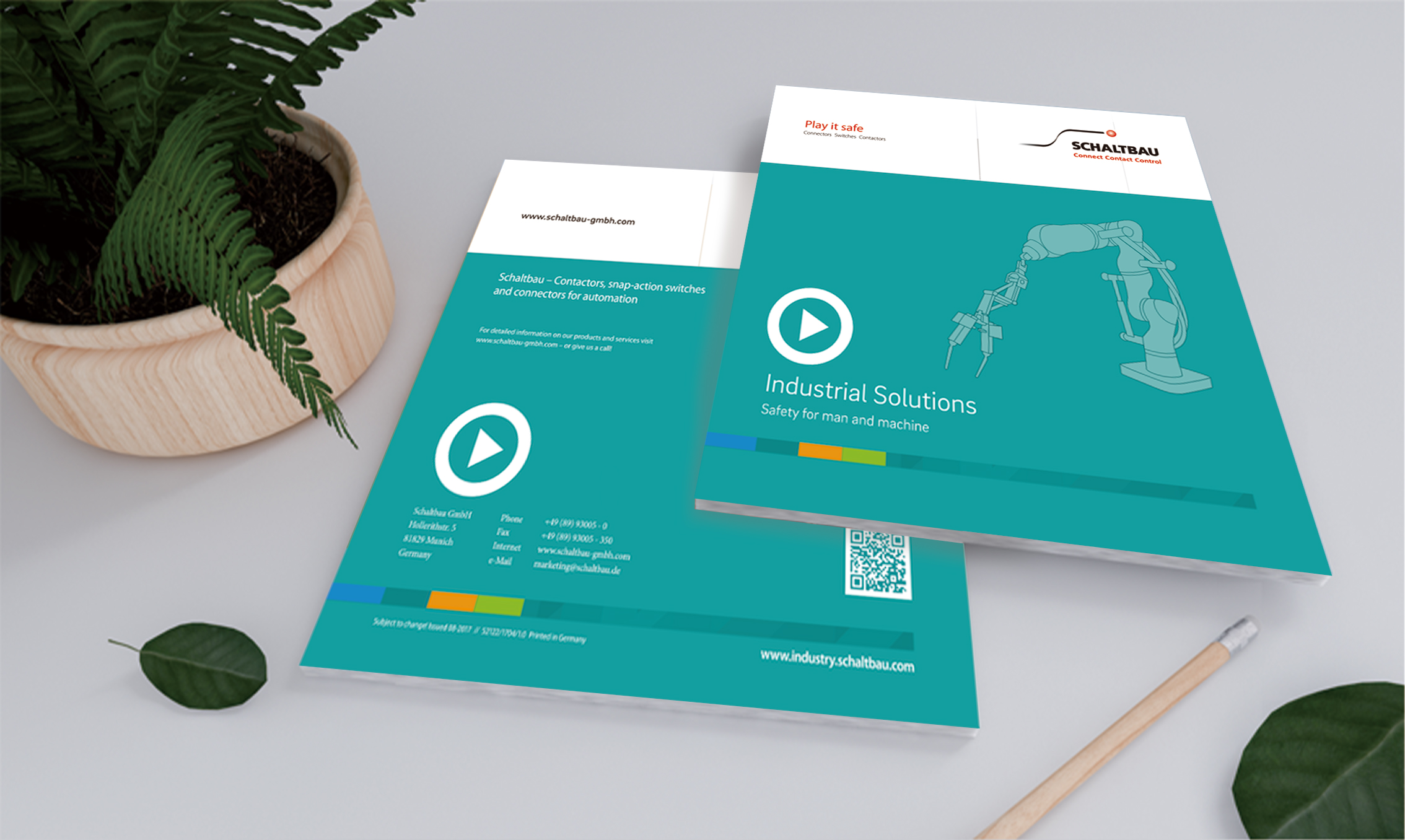
4. The way to integrate: When the boundary between B and C begins to blur
In reality, the audience is not always distinct. The customers of high-end service industries (such as private hospitals, high-end education), luxury goods, real estate, etc. may be both individual consumers (C), and their decisions have a strong color of rational comparison (similar to B).
coping strategy:
Dual-core content driver: it is necessary to not only show professional strength (qualification, technology, team, successful cases), but also convey brand temperature and unique experience (stories, feelings, exclusive services, lifestyle). For example, the brochure of the high-end confinement center not only needs to display the professional medical team and hard-core facilities, but also creates a warm, private and distinguished service atmosphere.
Design balance aesthetics: On the basis of maintaining high-end texture, it incorporates visual elements with more emotional tension. The material technology is more sophisticated, and the layout design seeks agility in rigor.
Action-guided layering: Provides different entrances. For example: rational decision makers can be guided to official website to view detailed cases/white papers; Perceptual decision makers can directly scan the QR code to make an appointment for experience/consultation.
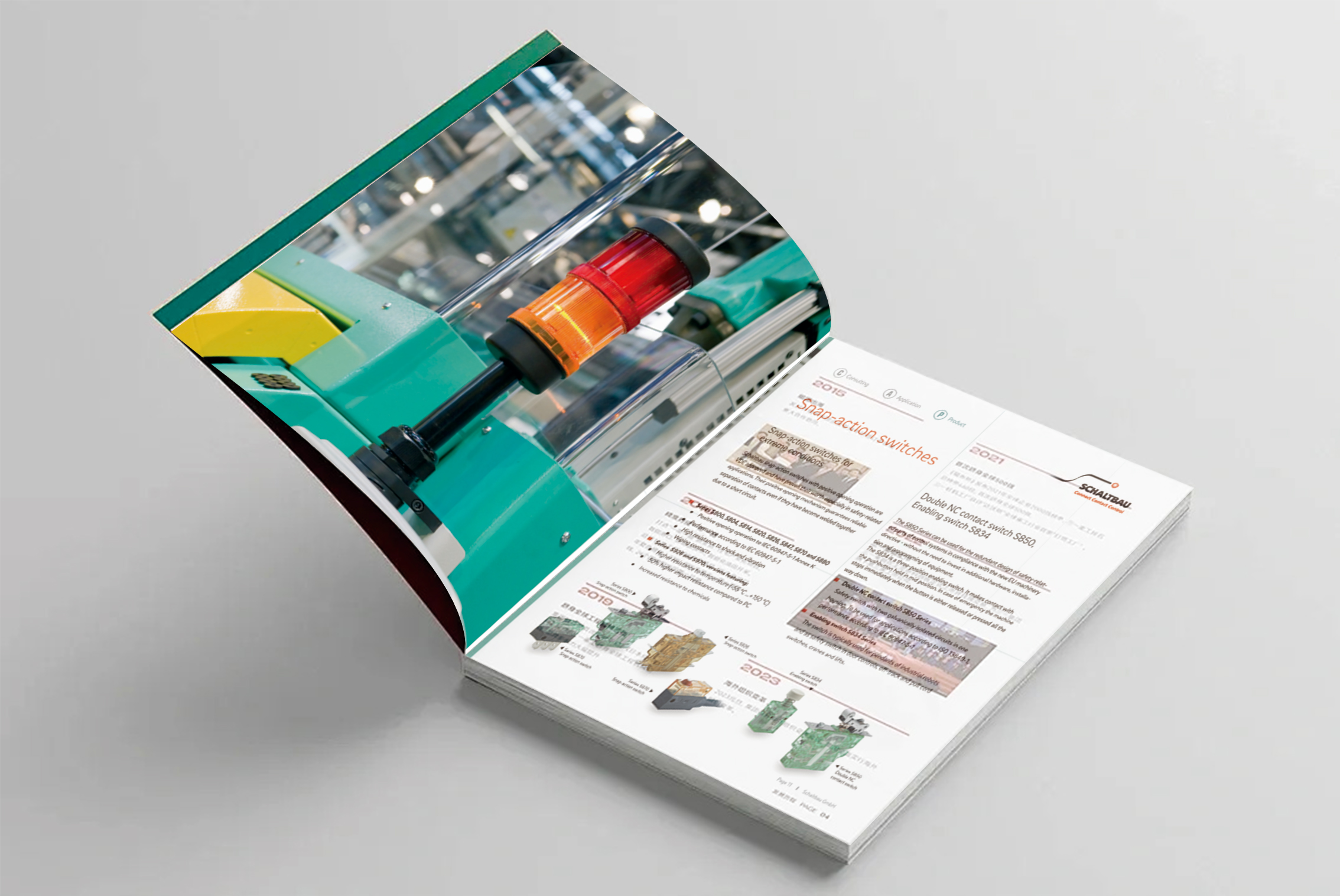
5. Your brochure deserves an accurate "private customization"
Stop letting the same brochure lie in the corner collecting dust, and stop letting your precious marketing budget go to waste. The core value of company brochure design is to accurately hit the minds of target people and drive them to take action.
Whether your goal is to impress smart B-end decision makers or capture the hearts of emotional C-end users, the key to success lies in the hands of "planning and positioning". Before pressing the design start button, be sure to ask: For whom? Why do it? What is expected to be achieved?
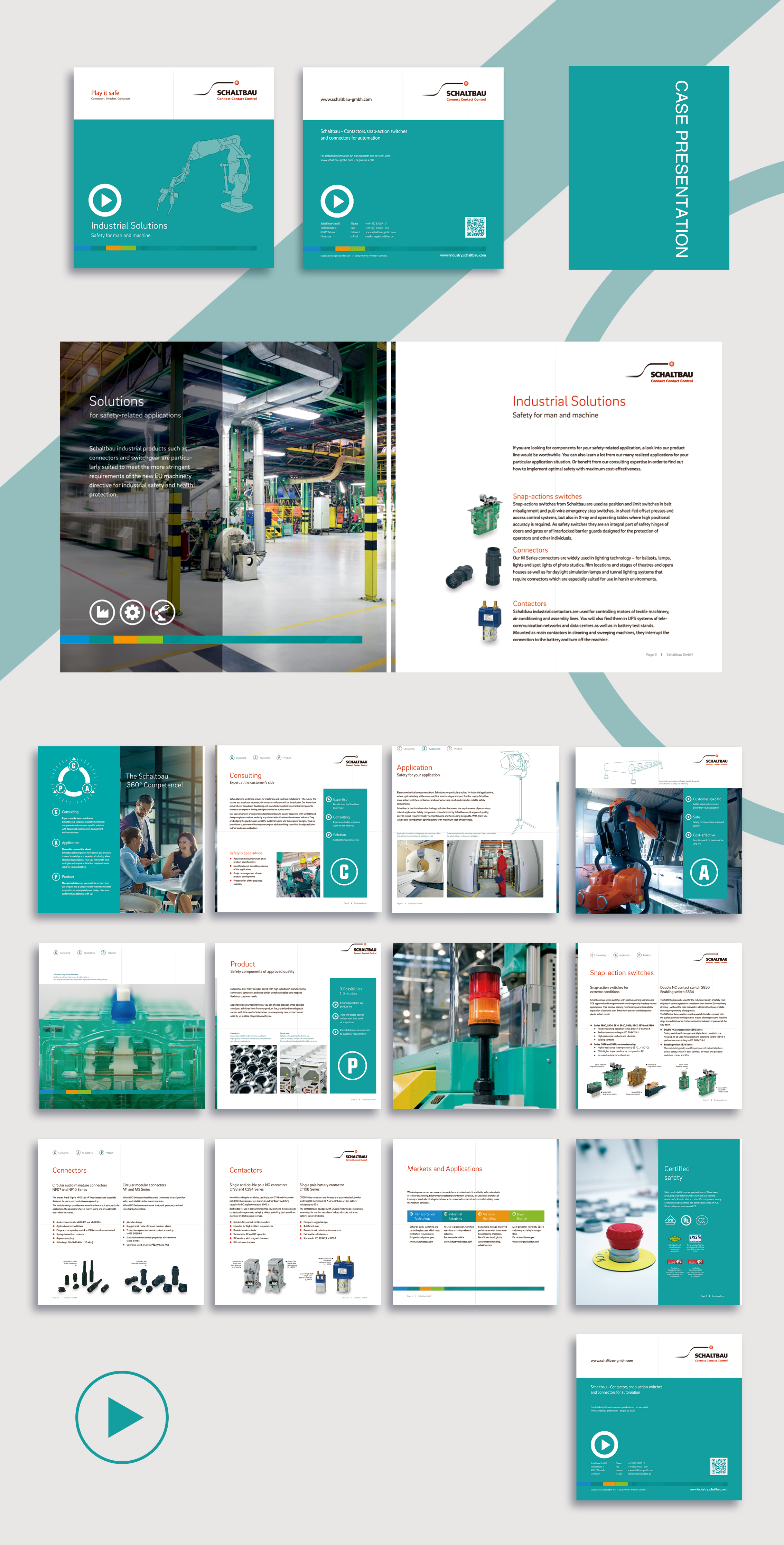
When you need Production company brochure designKeep in mind that a truly effective brochure starts with deep audience insight and clear strategic positioning. Choosing a brochure design partner of a production company who knows planning, fine design and can land is a key step for you to win market opportunities. Let every page of paper accurately carry your brand value and reach the hearts of target customers.

